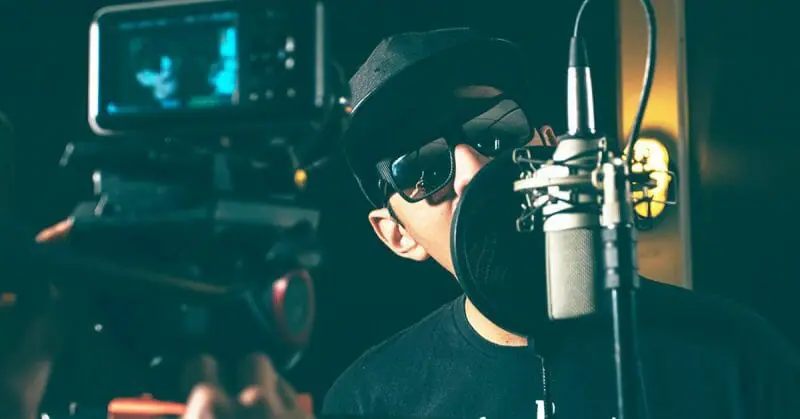Here’s something we all know:
The vocals are the hardest thing to mix.
That’s because they are so important. The entire song is built around them!
One of the most difficult things to get right is the vocal space. You don’t want the vocals to be dry as a bone, but you don’t want them swimming around in the background either.
There’s a balance that you have to find. So how do you get your vocals to sit exactly where they need to in the mix?
Today, we’re going to answer that question. You’re going to learn how to determine which is best for your song – reverb or delay.
Once you know that, we’ll go step-by-step into getting the reverb and delay settings just right. We’ll get your vocal space sounding radio-ready.
I’m guessing you’re here because you want to make your mixes sound professional. We put together a brief training that covers a totally new approach to music production. Until now, everyone has been teaching production totally backward. Just click below to watch.Get industry-quality every time (steal this framework)
But if you just want to learn about vocal reverb and delay specifically, keep reading.
Reverb vs. Delay – Which Should I Use For My Vocals?
There are two effects that will change the way the space around your vocal sounds:
Reverb and delay.
Reverb is the sound of the room. When reverberation is added to an instrument, that instrument sounds like it’s in a new space.
It could be a big concert hall, a tiny bedroom, or anything in between. It creates a “wash” of sound behind the instrument.
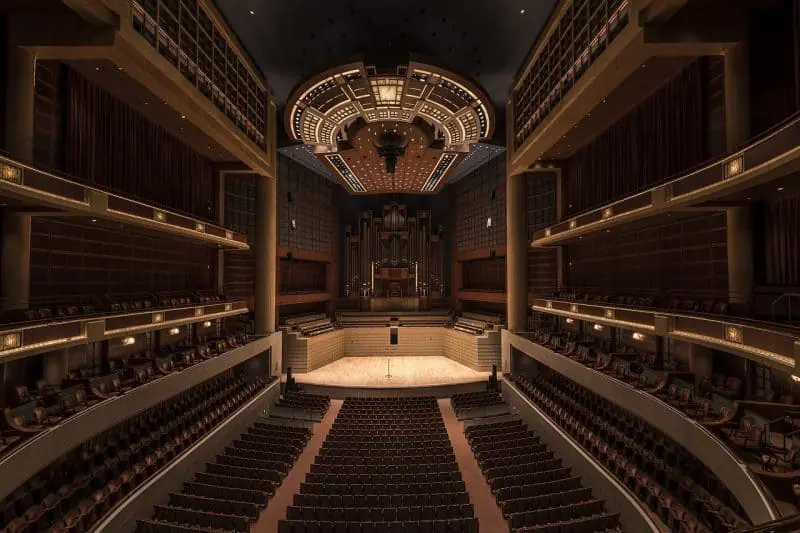
Delay, on the other hand, is much more precise. It’s just one repetition after another of the notes of an instrument.
Like the echo you’d hear if you yelled into the Grand Canyon.

Both of these are useful for vocals, but which you choose is very important.
Since vocals are usually the most important instrument in the song, the reverb or delay you choose will be more obvious than on other instruments.
Because of that, there’s a balance that has to be found with your vocal space.
You don’t want your vocals to be entirely dry, or they’ll sound out of place. They won’t make sense with the rest of the mix. They’ll feel like they were tacked on the song as an afterthought.
But you also don’t want your vocals to be too wet, or they’ll move too far back in the mix. You want your singer to be upfront and center, performing to the crowd, not standing behind the drummer and guitarist!
So, which do you pick? Vocal reverb, or vocal delay?
The answer is…
…it depends.
Reverb will fill the sound of the vocals out nicely. It will give them more fullness and sustain, and will have a more “natural” sound to them.
BUT reverb will also push the vocals back in the mix. It can cause them to lose energy and cohesion, because it overlaps the words and washes them out.
Delay, on the other hand, won’t push your vocals too far back!
…BUT it could cause your vocals to sound too dry or unnatural.
Both have their pros and their cons. There’s no right answer for which to use!
There are, however, musical precedents to follow.
Vocal reverberation is more common on slower songs and more natural genres. These benefit from the “wash” that comes with the room sound. It helps the vocals to sustain through long, drawn-out phrases.
Usually folk, ballads, old-style country, and classical use vocal reverb. It’s also making a comeback in the indie and alternative world.
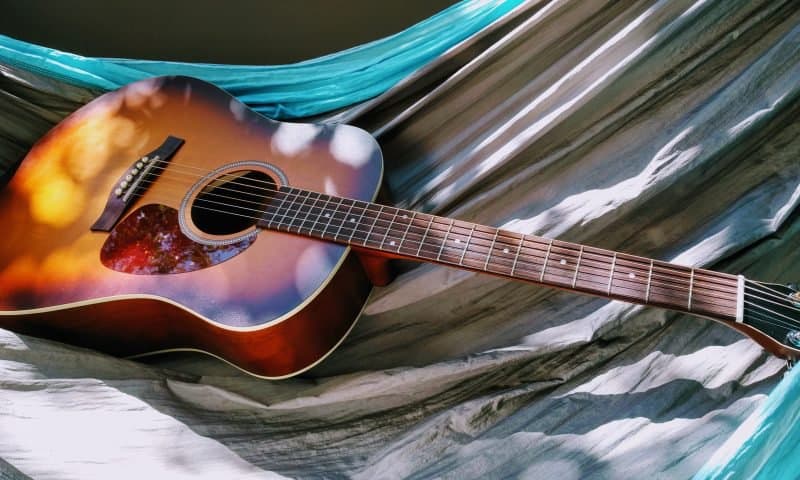
Vocal delay is more common with faster songs and more energetic genres. Having the reverb “wash” would be too much for these songs. It would bleed over the words and push the vocals too far back. These aggressive songs usually want the vocals up-front and close so that the listener really feels the energy.
Usually pop, rock, hip-hop, and metal use more vocal delay than reverb.
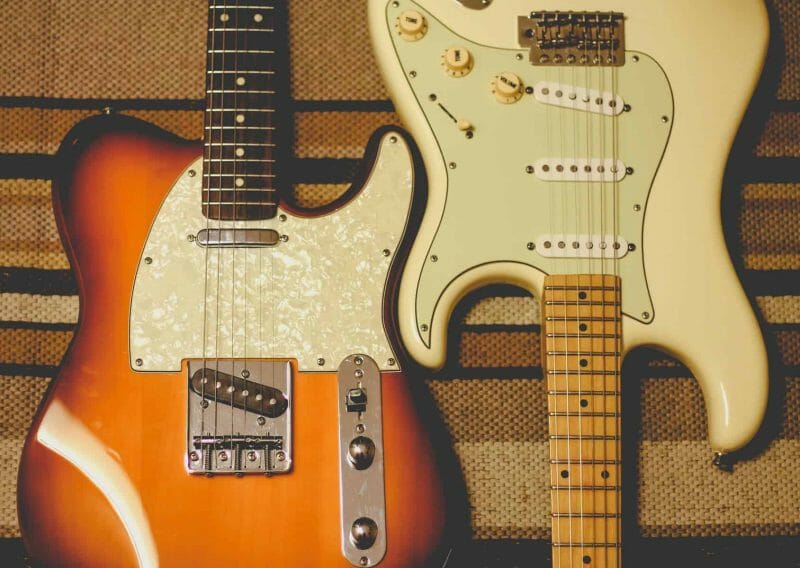
That said, there’s no right answer! It’s usually a combination of the two. There are examples everywhere of pop songs with reverb or ballads with a slapback delay. It all depends on what the song calls for.
Try both to see which accomplishes the sound you’re going for in your song.
UPDATE: Check out the following video to see a great dual reverb mixing trick:
How to Set Up Your Vocal Reverb and Delay
I’ve made a few handy buttons to get the tutorials you’re looking for. Just click the one you need (or both!) and the correct tutorial will pop up.
Which would you like to set up?
How to Set Up Vocal Reverb
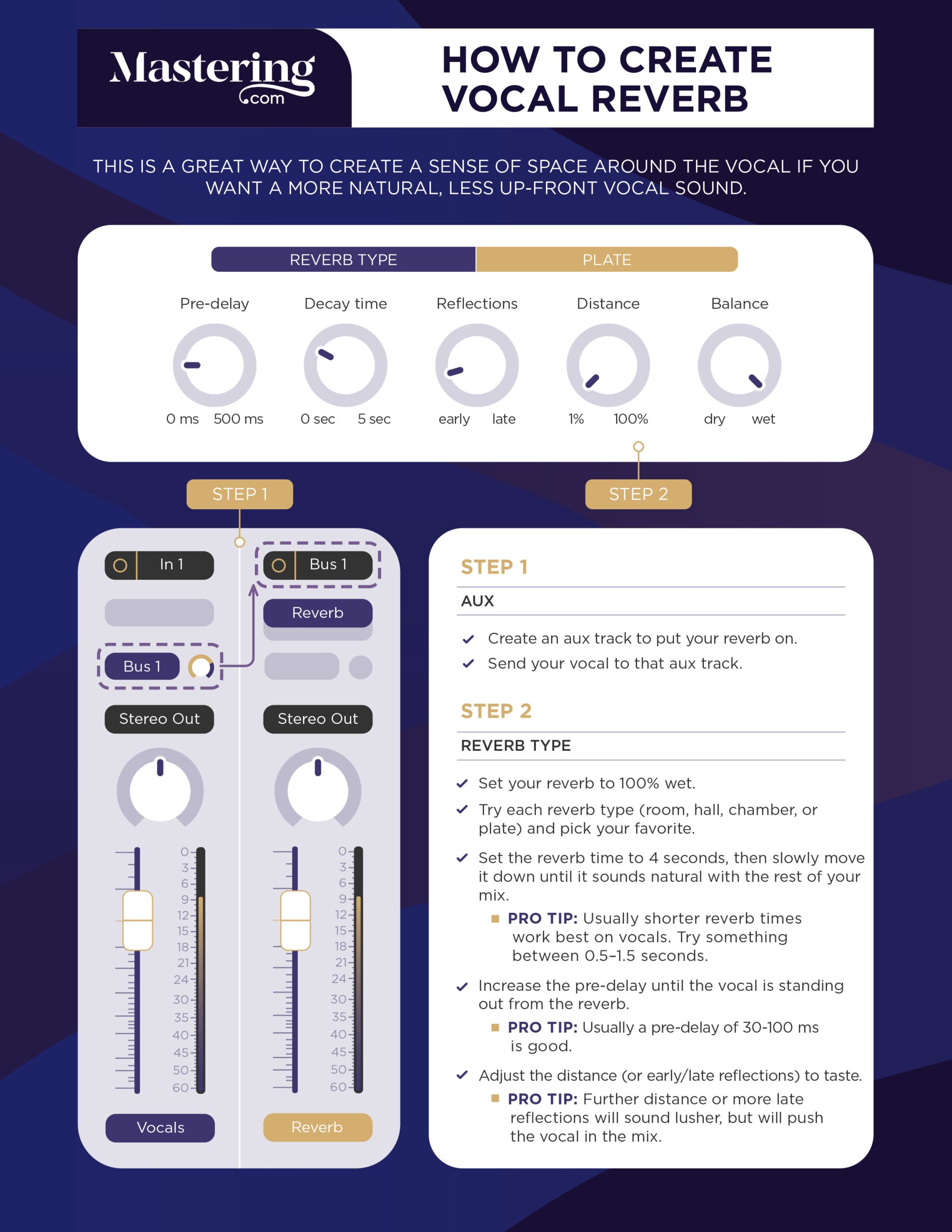
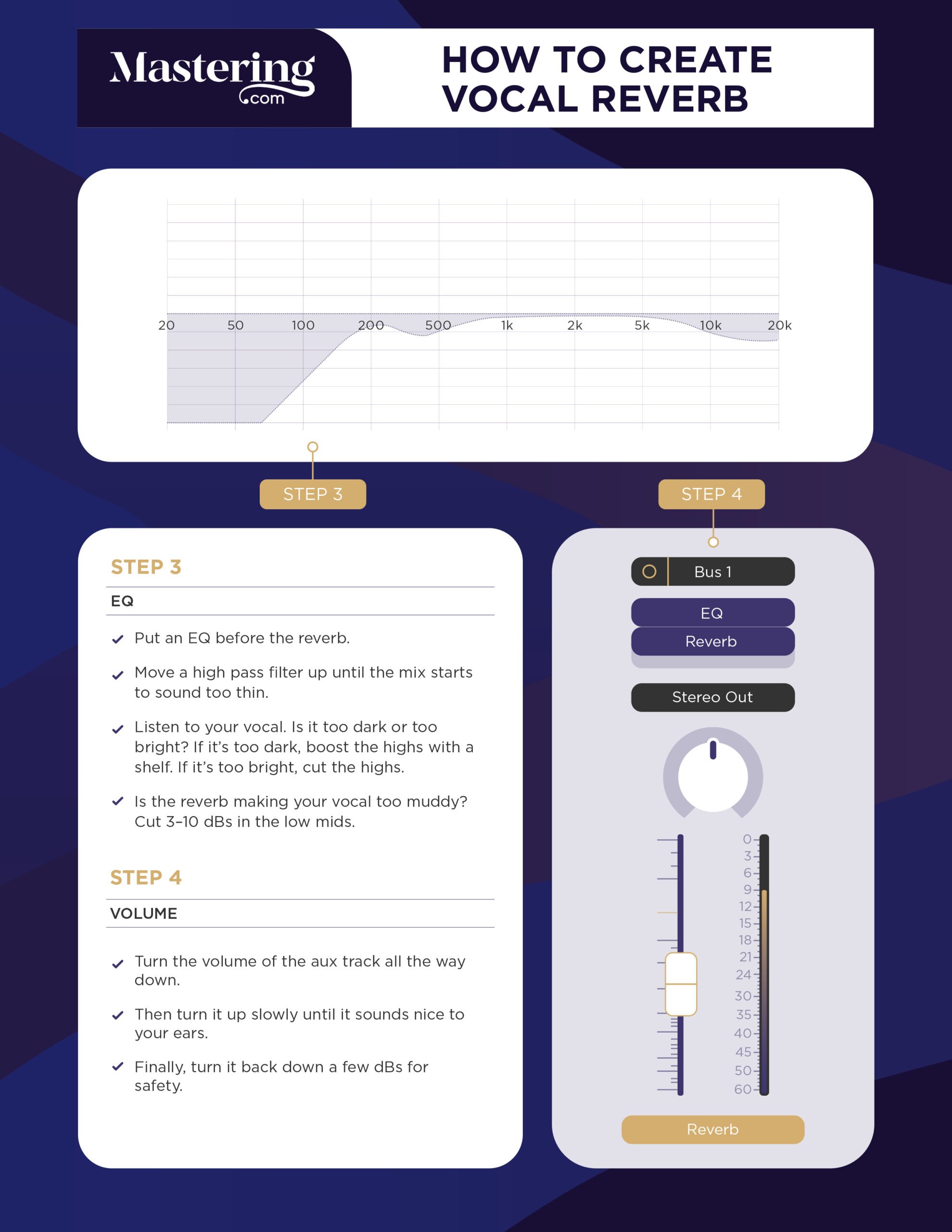
How to Set Up Vocal Delay
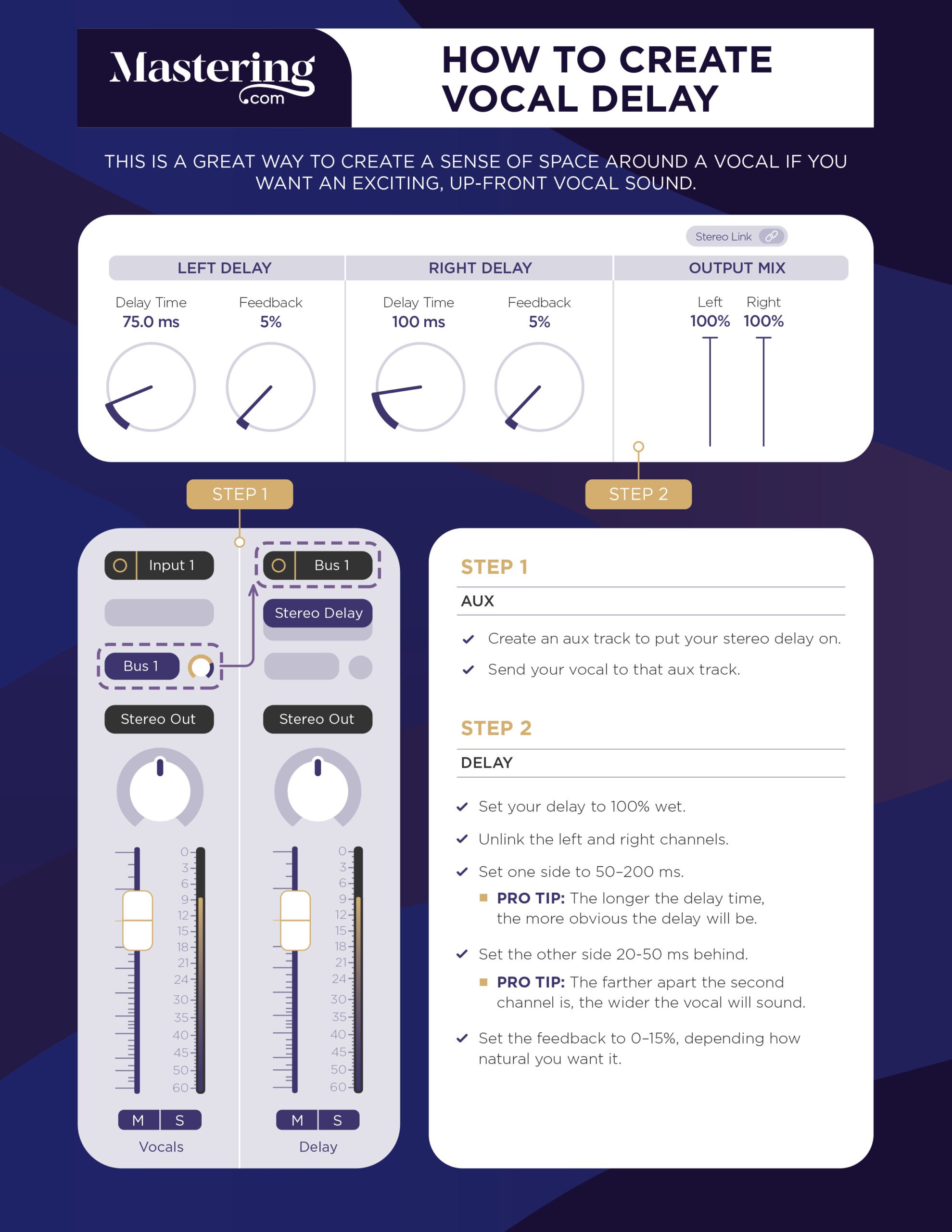
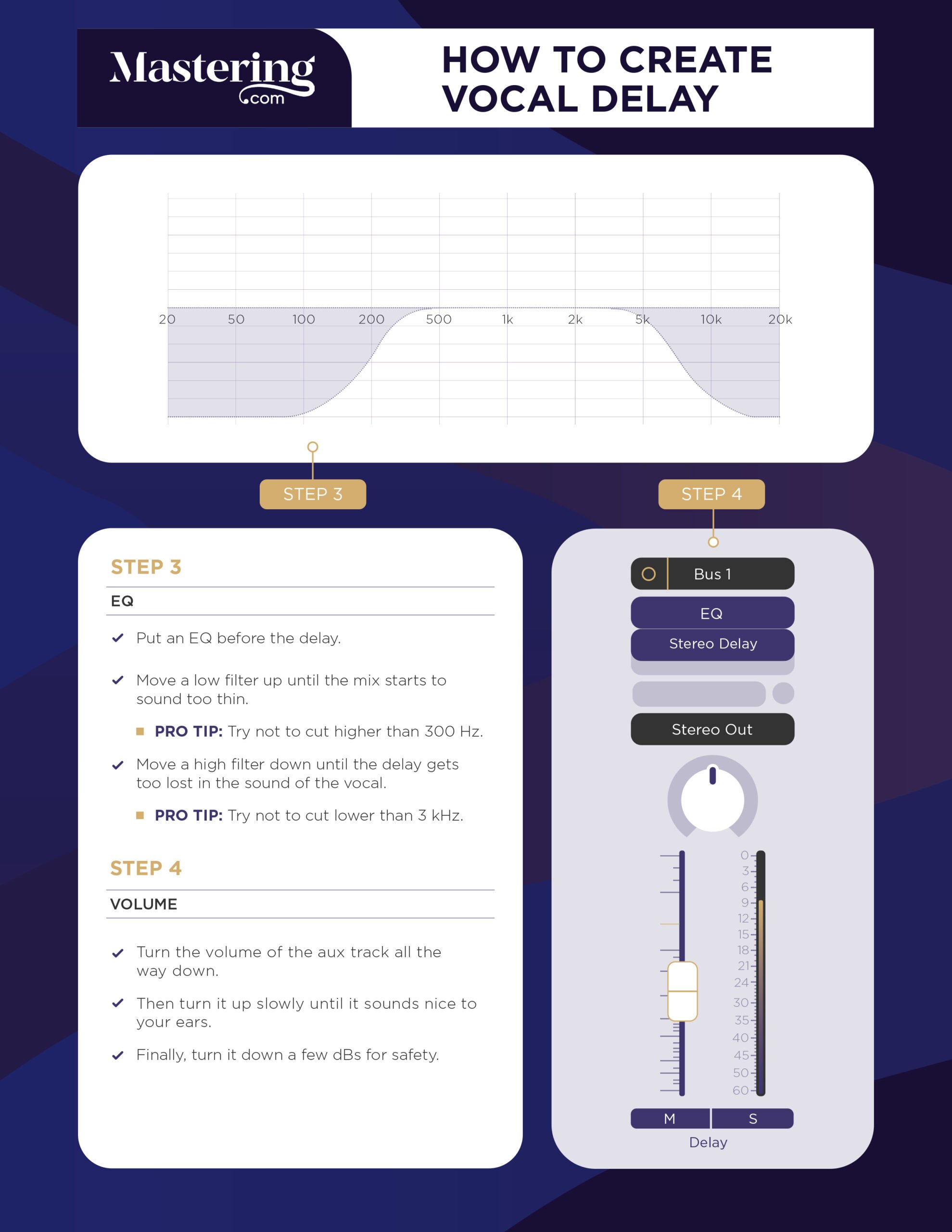
If you want to dig deeper into music production and learn what it actually takes to make mixes that sound pro… And you’re an intermediate or advanced producer… Be sure to check out the free masterclass: Enjoy!Next Steps


